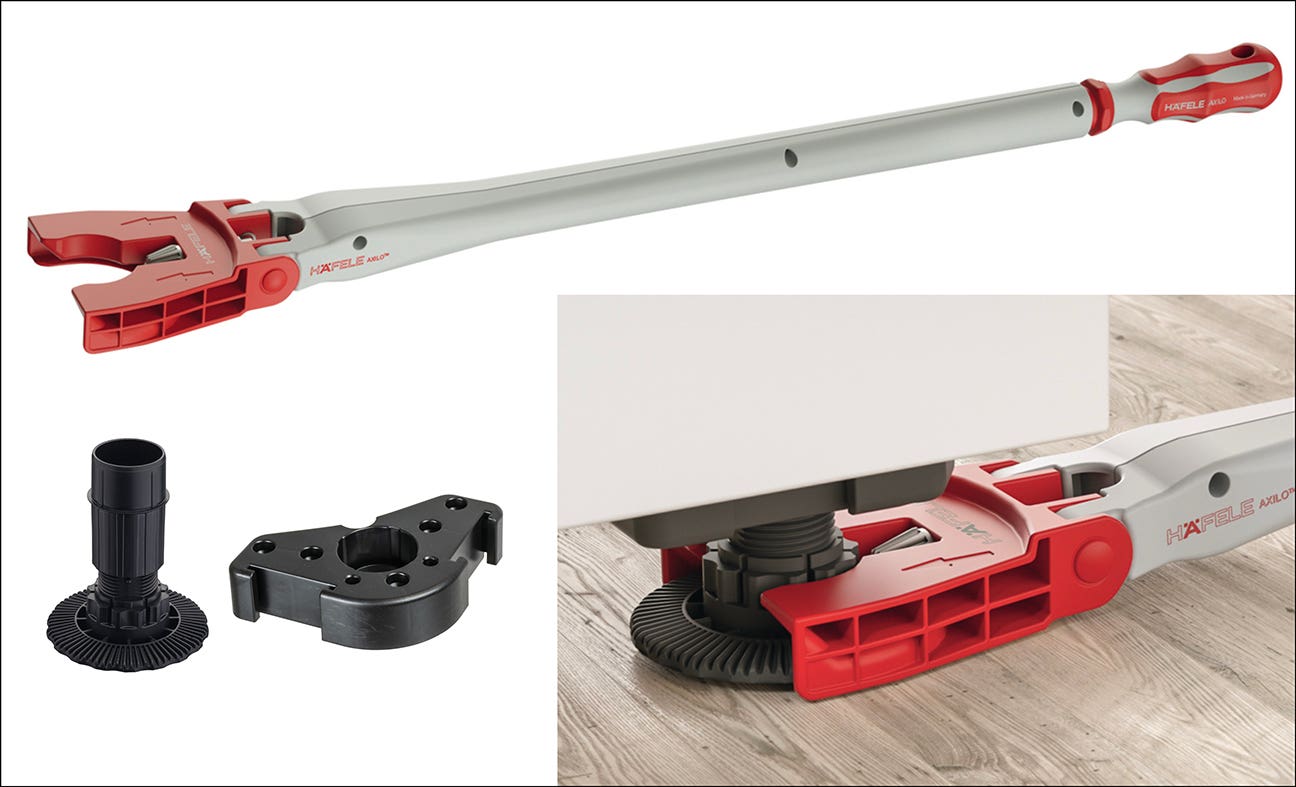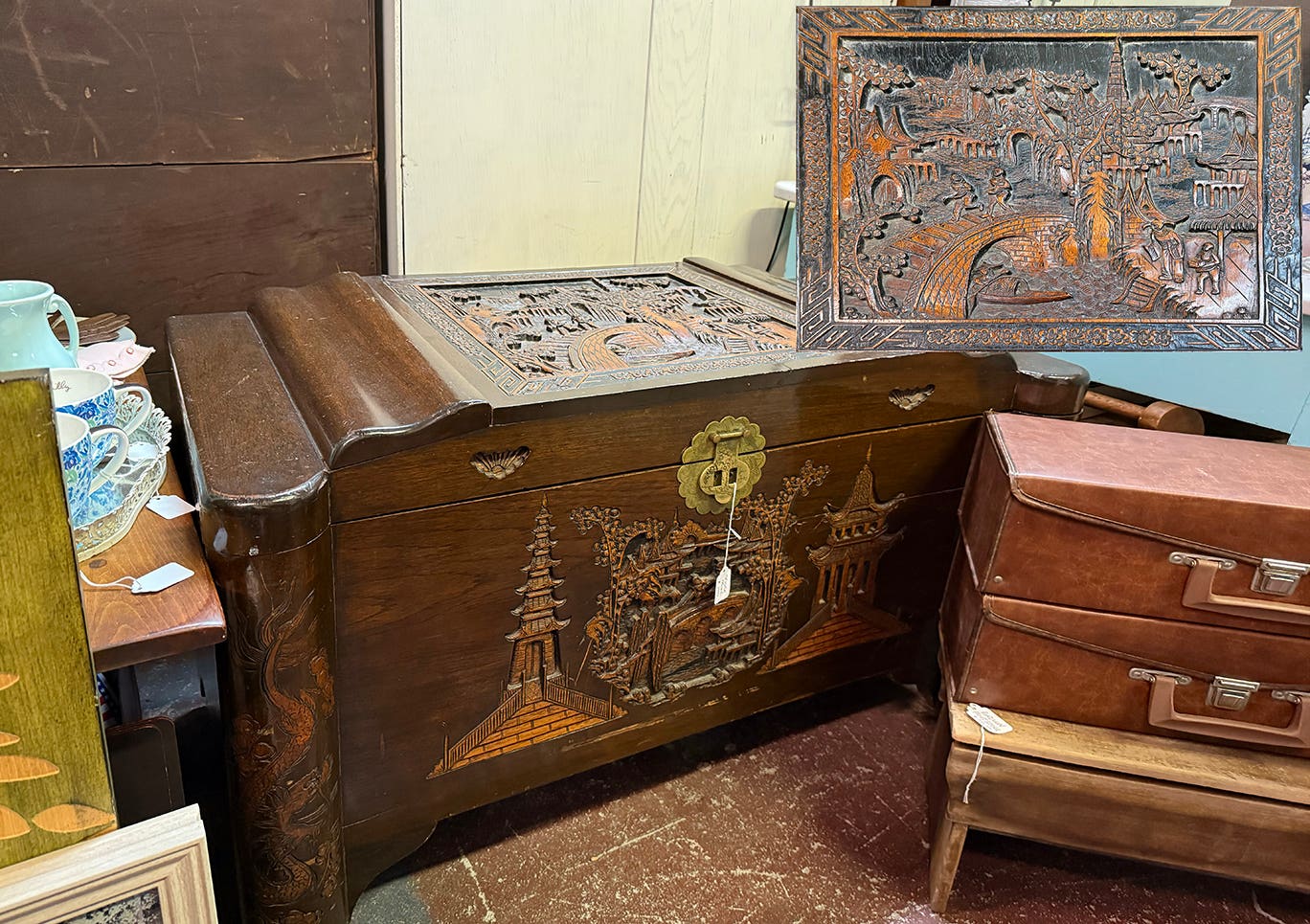Will 3-D printing spell the end for craftsmanship?
The last thing I want to do is create any widespread panic, but you should know that 3-D printing technology is going to rock our world. I scribbled this in…
The last thing I want to do is create any widespread panic, but you should know that 3-D printing technology is going to rock our world.
I scribbled this in my notebook following a technology update at the recent Woodworking Industry Conference. Previously, I was having a pretty good day, enjoying the fine weather in Puerto Rico and looking forward to an afternoon on the golf course. But then I learned that 3-D printing has the potential to make craftsmanship obsolete, perhaps in only a few years, maybe less.
Since I’m usually wrong about everything — ask my wife — you can probably relax. But the technology is already being used to build houses and cars. It can produce clothing and food and perhaps even human body parts. So the idea of reproducing a Queen Anne highboy isn’t so farfetched.
In manufacturing, 3-D printing is on the watch list as a disruptive technology, defined as an innovation that will eventually displace an earlier technology. Examples of other disruptive technologies include email and smartphones.
“The whole concept is adding layers as opposed to the concept of subtractive manufacturing, which most of us have been doing for years, where we’re taking away something,” says Jamieson Scott, the newly elected president of the Wood Machinery Manufacturers of America.
“I think this will certainly be disruptive to manufacturing as we know it. How it will be disruptive to our industry is yet to be determined but just the interest alone, if you look at Google searches over the last 10 years, is staggering.”
A few in the wood industry are using it for prototyping and part manufacturing.
“At Stanley Black & Decker, they can prototype the grips on some of their cordless power tools, field-test it, come back and make changes much faster than they ever could before.
“Even the Smithsonian is involved in 3-D printing right now,” Scott adds. “They’re scanning objects that are behind glass, which you can download and print.”
Of course, it’s foolish to suggest that a machine can ever replace craftsmanship. But I was pretty happy with standard television until the neighbor got high-definition TV. The world is changing fast and, whether or not you believe the hype about 3-D printing, it’s not going away.
Ralph Bagnall, owner of Consultingwoodworker.com and an occasional contributor to Woodshop News, will present a seminar, “3-D Printing and the Return of the Cottage Industry,” at the International Woodworking Fair. “This seminar will introduce attendees to the ideas and concepts of additive and distributive manufacturing and the return of locally made products,” the description notes. “These ideas are poised to change nearly everything we know about building and distributing products, so learning about them now will help prevent surprises in the future.”
I urge you to learn about 3-D printing, either at IWF or on YouTube. But be warned: it could ruin a perfectly good day.
This article originally appeared in the July 2014 issue.







